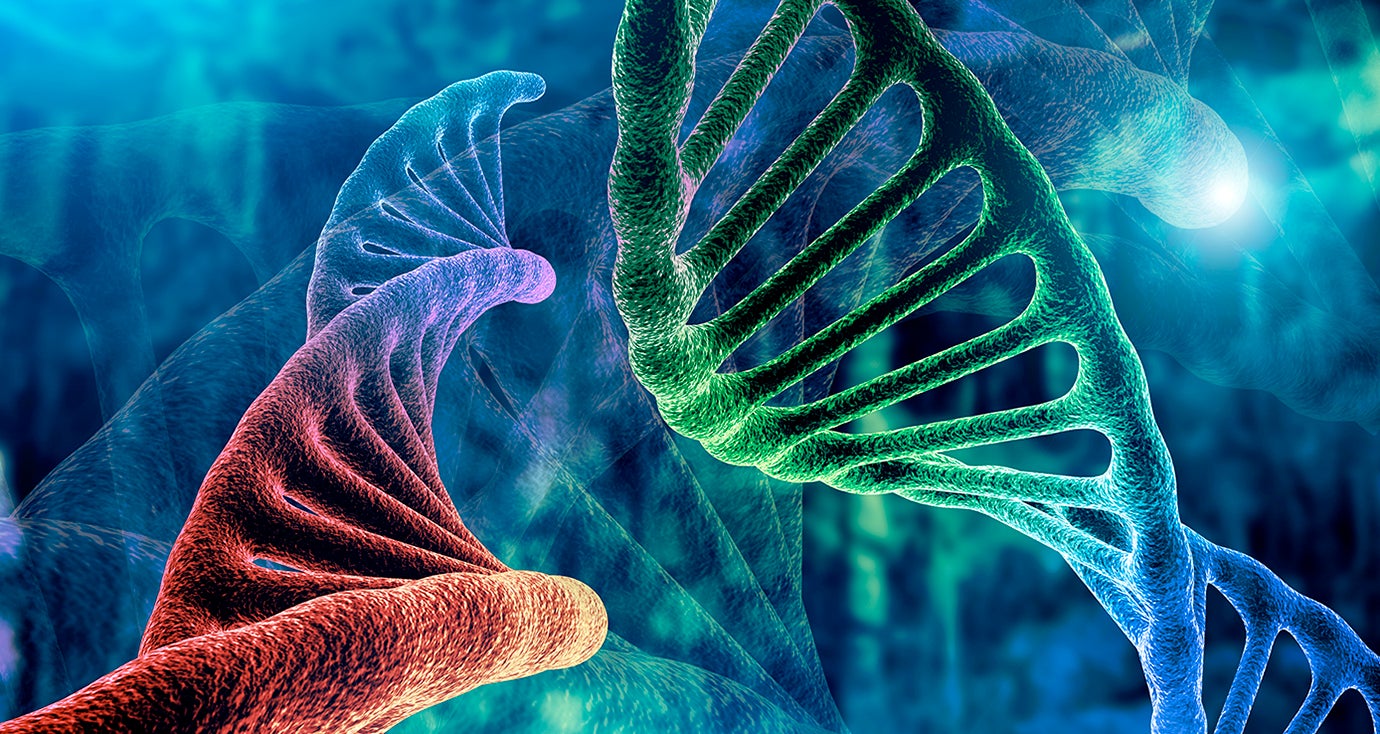
Subscribe to Pittwire Today
Get the most interesting and important stories from the University of Pittsburgh.How to Name a Baby Gene
In biology, the word “function” has a multitude of meanings—an ambiguity that hamstrings scientific discourse—but a recent paper in eLife argues that scientific writing should include explicit definitions.
This work represents not only an important conversation about contextual language use among scientists, but it’s also an example of how unexpected collaborations can spark innovative research.
The authors are a team of four women in four different fields—two fields in science and two fields in humanities—living in two different countries and working in three different career stages. Under the usual circumstances, they would never interact professionally, but a few chance encounters brought them together.
“I met a rhetoric scholar at a baby shower,” said lead author Anne-Ruxandra Carvunis, assistant professor of computational and systems biology at the University of Pittsburgh School of Medicine.
Carvunis was referring to coauthor Diane Keeling, associate professor of communication studies at the University of San Diego. Over time, the pair became friends and discovered their common research pursuits.
“Eventually we learned we shared an interest in processes of invention—she studies invention from a molecular biology perspective, and I study it from a rhetorical perspective,” said Keeling. “Our main goal was to understand each other better so that we could both enrich our own disciplinary understandings of the invention process.”
At that point, Carvunis had already been chatting with her evolutionary biology colleague Charisse Nartey, postdoctoral associate at the University of Texas at Dallas. Then, Nartey brought in her philosopher friend, Patricia Garza, doctoral student at Colegio de Saberes in Mexico, to round out their foursome.
“Because we’re from different fields, it’s difficult to talk to each other, but because we want to, we can,” Carvunis said.
As an evolutionary biologist, Carvunis is interested in how to define functional genes—the units of DNA that give rise to physical characteristics, ranging from eye color to metabolism to cancer susceptibility.
Although many genes have well-established functions, other genes are in the process of being born, so their functions are not as clear. For example, a new gene may not have a function according to an evolution-based definition because it has no evolutionary history, but it may have a physiological function because its presence affects the body’s growth, she explained.
The slippery definition of functionality is not unique to newborn genes—it also applies to the entire genome. For example, based on one analysis of the human genome, about 80% is functional, but other estimates suggest that it’s at most 25%.
Why such a big spread?
It comes down to the changeable definition of function, the researchers said. The higher estimate is based on tests that indicate which parts of the genome has chemical activity, while the lower estimate includes evolutionary information indicating whether specific pieces of genetic information are passed on through many generations.
From reviews of literature covering gene birth, it became clear to Carvunis and her colleagues that even researchers within this niche field were using different meanings of the word function.
To quantify their observations, the researchers collected 20 abstracts about the emergence of new genes and independently analyzed the use of the word function, which was invoked a total of 42 times.
Implementing their newly created “Pittsburgh Model” of function, which describes specific subcategories of functionality, each researcher assigned one or more meanings to instances of the word from six categories defined in the model. The researchers found that even the same instance, in the same abstract, was interpreted differently 88% of the time.
These findings indicate the dire lack of contextual information around the word function, representing a source of confusion among scientists. Accordingly, Carvunis and her colleagues recommend that scientists qualify use of the word in their writing to facilitate understanding, discussion and the distribution of knowledge.
A second paper, led by Keeling, is currently in press at a rhetoric journal, POROI, and the group plans to publish two more papers, each led by a different member.
“The science publication is explaining rhetoric to scientists,” Keeling said, “but the rhetoric publication isn’t explaining science to rhetorical scholars—it’s explaining how a scientific discourse is created, used and then changes.”
Carvunis’ hope is to keep the dialogue going, perhaps with a focus on rhetoric as it applies to the conversation around evolution, to keep discussion “accepting and open” from all sides.
Carvunis is satisfied with her paper’s reception, with thousands of views, plentiful commentary on social media and even one lab in Germany that discussed the work during their weekly lab meeting. Most recently, the work was recommended by F1000Prime as a must-read article.
“That was really all we wanted,” Carvunis said. “For people to think about how they write so that communication goes better and science advances more smoothly and we understand each other more. And it’s working, so we’re very happy.”
This article was written by Amanda Kowalczyk, a science writing intern at UPMC Media Relations.



